- Neglecting the Timing
- Using Improper Tools
- Overpruning
- 1. Reduced fruit production
- 2. Increased susceptibility to pests and diseases
- 3. Sunburn and heat stress
- 4. Imbalanced growth
- Ignoring Training and Shaping
- Failing to Remove Diseased or Dead Branches
- Forgetting to Thin the Fruits
- Cutting Too Close to the Tree Trunk
- Pruning Too Late in the Season
- Why is it a Mistake?
- When to Prune?
- Question-answer:
- When is the best time to prune fruit trees?
- Can I prune fruit trees in the summer?
- What are the consequences of over-pruning fruit trees?
- How much should I prune off my fruit trees?
- What tools do I need for pruning fruit trees?
- Should I paint the pruning cuts on my fruit trees?
- Can I prune my fruit trees if they have already started budding?
- Video: 3 SIMPLEST STEPS to PRUNING your FRUIT TREES!
Pruning fruit trees is an essential task for any orchard owner or gardener. It helps to maintain the health and productivity of the trees, as well as shape their growth for an aesthetically pleasing appearance. However, improper pruning techniques can lead to detrimental consequences for your fruit trees. In this article, we will discuss four common mistakes that you should avoid when pruning fruit trees to ensure the longevity and productivity of your orchard.
1. Over-pruning: While pruning is necessary, over-pruning can be harmful to your fruit trees. Removing too many branches can weaken the tree’s structure and make it more susceptible to diseases and pests. It is important to follow proper pruning guidelines and only remove the necessary amount of branches to maintain a balanced canopy.
2. Pruning at the wrong time: Timing is crucial when it comes to pruning fruit trees. Pruning during the wrong season can potentially damage the tree and reduce its ability to bear fruit. It is essential to understand the specific pruning requirements of different fruit tree varieties and prune them accordingly during their dormant periods.
3. Incorrect pruning cuts: Making improper cuts while pruning can leave the tree vulnerable to infections and diseases. It is important to use sharp, clean tools and make clean cuts at the correct angle to facilitate proper healing. Avoid leaving stubs or jagged edges, as they can provide entry points for pathogens.
4. Neglecting to prune regularly: Regular pruning is necessary for the health and productivity of fruit trees. Neglecting to prune regularly can lead to an overgrown and tangled canopy, which can inhibit sunlight penetration and air circulation. This can result in poor fruit quality and increased susceptibility to diseases. It is crucial to establish a pruning schedule and stick to it to maintain the overall health of your orchard.
Pruning fruit trees is a skill that requires knowledge and practice. By avoiding these common mistakes, you can ensure that your fruit trees thrive, producing bountiful and delicious harvests year after year. Take the time to learn proper pruning techniques and invest in the health and longevity of your orchard.
Neglecting the Timing
Timing is crucial when it comes to pruning fruit trees. Neglecting the timing can result in poor tree health, reduced fruit production, and increased susceptibility to pests and diseases. Here are some common timing mistakes to avoid:
- Pruning during the wrong season: Different fruit trees have different growth patterns, and it’s important to prune them during the appropriate season. Pruning during the dormant season is generally recommended for most fruit trees, as it allows for better healing and minimizes stress. However, certain fruit trees, like peaches and apricots, should be pruned after they have flowered.
- Pruning too early or too late: Timing your pruning too early or too late can have negative consequences. Pruning too early can disrupt the tree’s growth process, while pruning too late can remove flower buds and reduce fruit production. It’s important to research and understand the specific timing requirements for each fruit tree variety in your orchard.
- Ignoring the weather conditions: Weather conditions can greatly impact the health of your fruit trees and should be considered when planning your pruning schedule. Avoid pruning during freezing temperatures or when the tree is wet, as this can increase the risk of frost damage and the spread of diseases. Ideally, choose a dry and mild day for pruning.
Proper timing of pruning is essential for promoting healthy growth, maximizing fruit production, and maintaining the overall vitality of your orchard. Take the time to research and understand the specific timing requirements for each fruit tree variety in order to avoid these common mistakes.
Using Improper Tools
Using the right tools is essential when pruning fruit trees. Using improper tools can lead to unnecessary damage to the tree and can make the pruning process more difficult. Here are some common mistakes to avoid:
- Using dull or dirty tools: Dull or dirty tools can cause ragged cuts and can introduce diseases to the tree. Make sure to sharpen your tools regularly and clean them between uses.
- Using the wrong size or type of tool: Different trees and branches require different tools. Using tools that are too big or too small for the job can result in ineffective pruning and potential harm to the tree. Choose tools that are appropriate for the size and type of branches you will be pruning.
- Using non-sterilized tools: Pruning cuts can create openings for diseases to enter the tree. Using non-sterilized tools can increase the risk of infection. Make sure to sterilize your tools between cuts by wiping them with rubbing alcohol or a household disinfectant.
- Using improper cutting techniques: It’s not just the tools that matter; the way you use them is crucial too. Avoid making improper cuts such as leaving stubs or making cuts too close to the trunk. Improper cuts can slow down the healing process and can make the tree more vulnerable to diseases and pests.
By using the proper tools and techniques, you can ensure that your pruning efforts are effective and beneficial for your fruit trees.
Overpruning
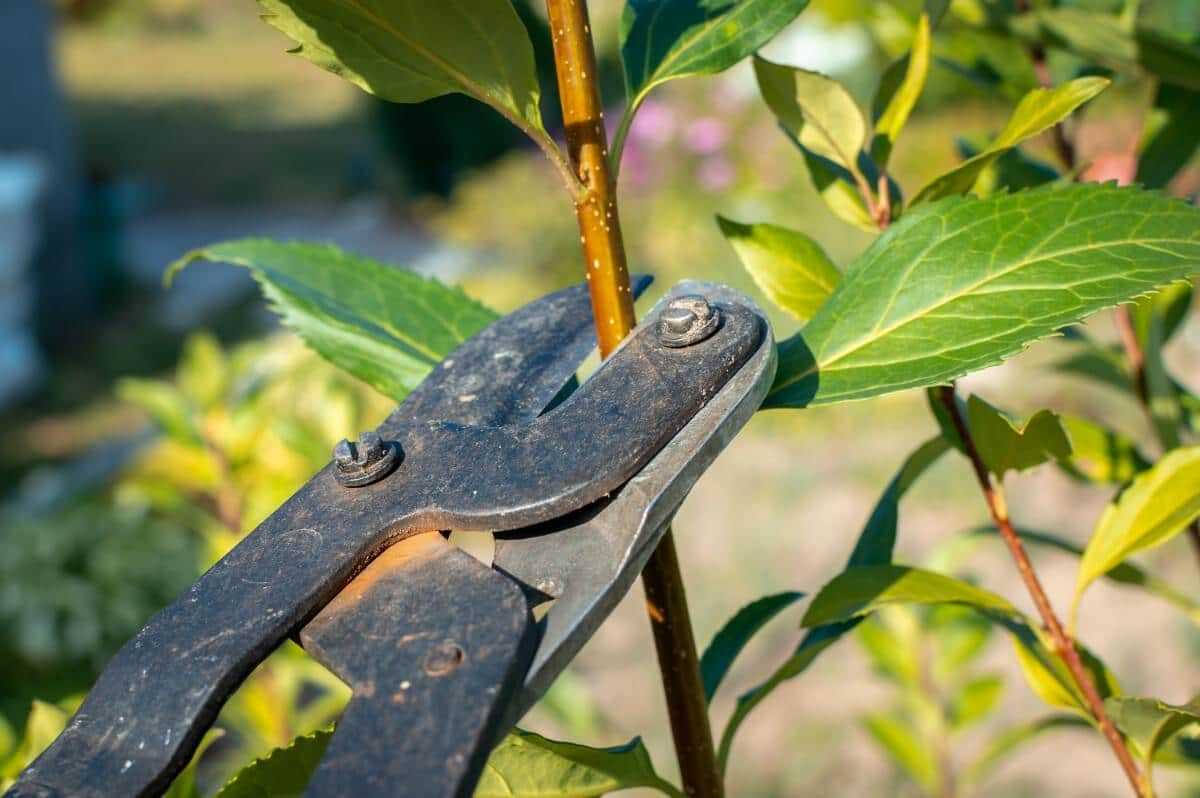
Overpruning is a common mistake that can harm fruit trees and negatively impact their productivity. It involves removing too many branches or cutting them back too severely, which can lead to several problems.
1. Reduced fruit production
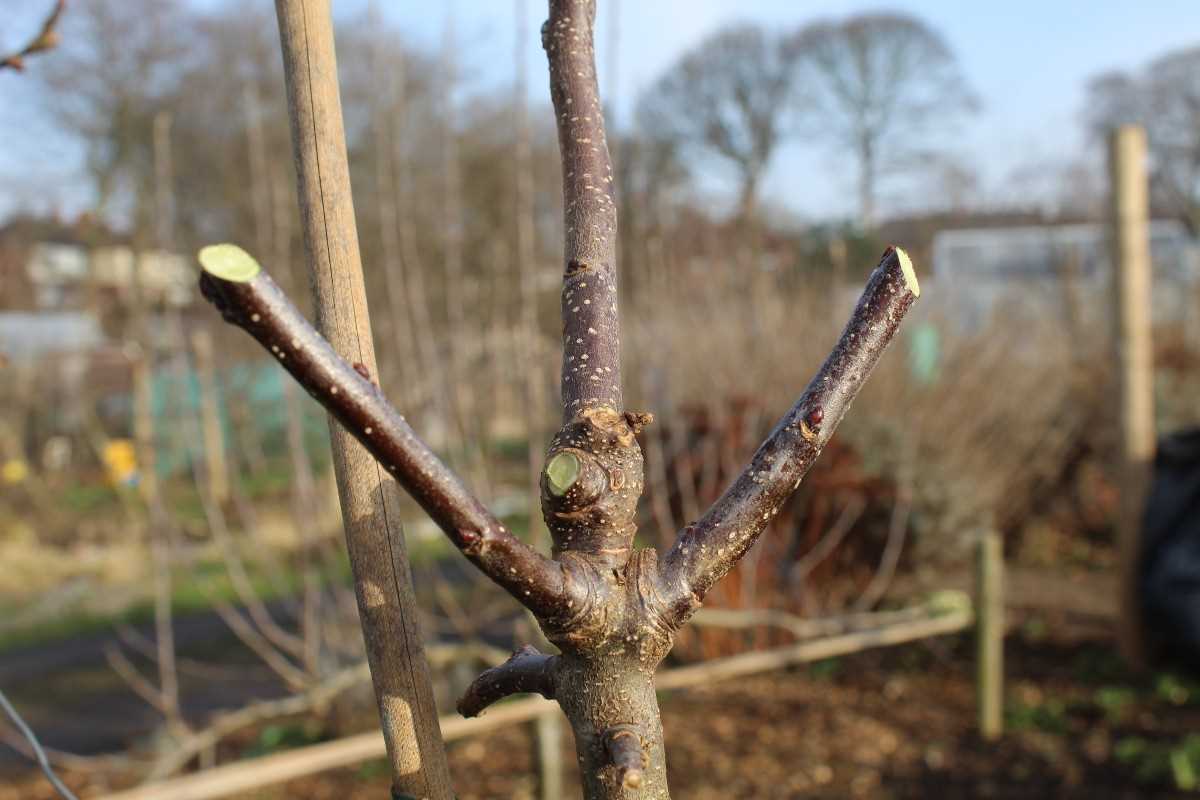
When fruit trees are overpruned, they may not have enough foliage to support proper photosynthesis and energy production. This can result in reduced fruit production, smaller fruits, or an overall weaker tree.
2. Increased susceptibility to pests and diseases
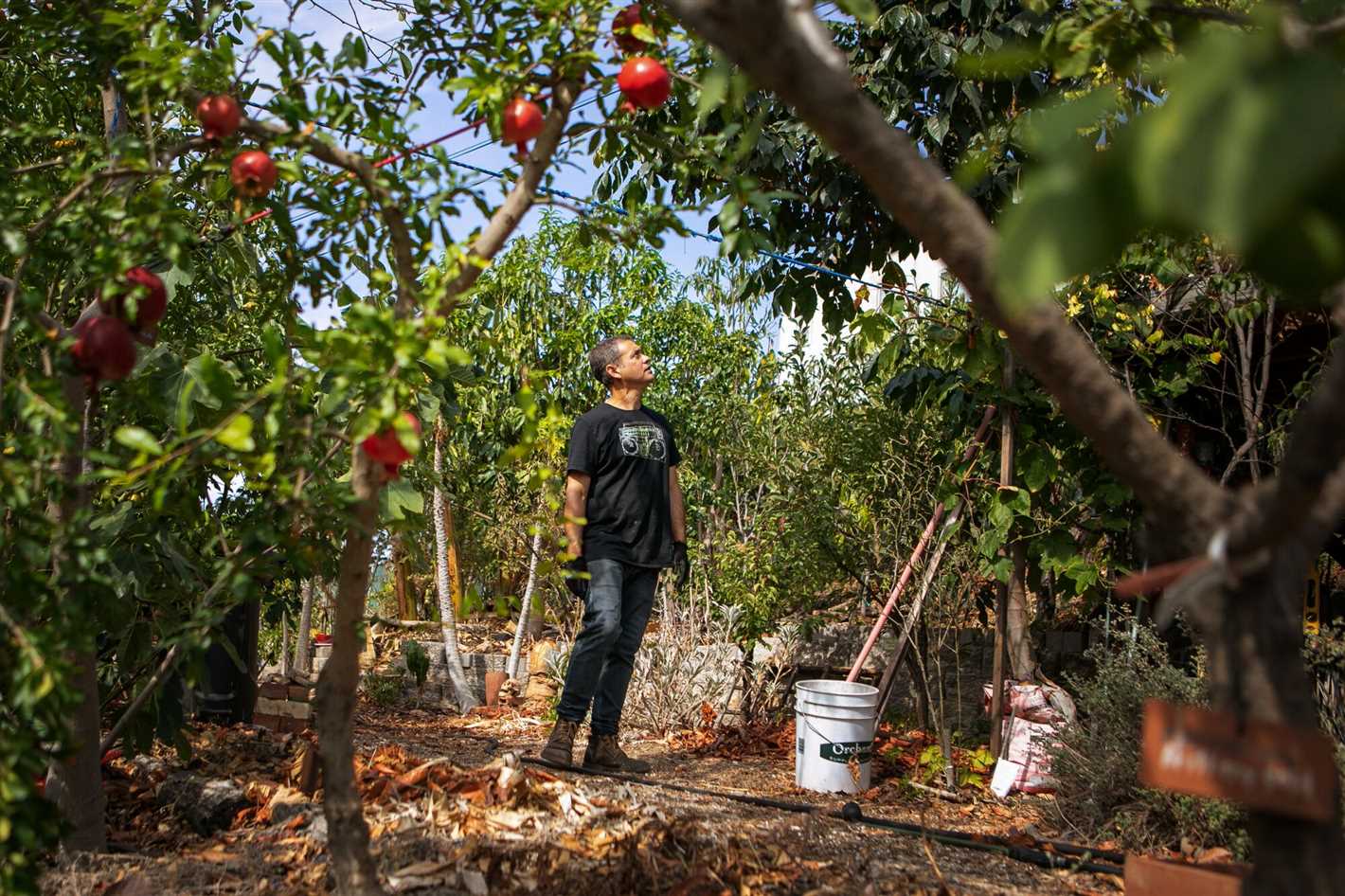
Overpruning can make fruit trees more vulnerable to pests and diseases. Removing too many branches can weaken the tree’s natural defense mechanisms and expose it to harmful organisms. Additionally, excessive pruning wounds can provide entry points for pathogens.
3. Sunburn and heat stress
Overpruning can expose the trunk and branches of fruit trees to direct sunlight, which can cause sunburn and heat stress. These conditions can damage the tree’s bark and lead to scorching or even death in extreme cases.
4. Imbalanced growth
Overpruning can disrupt the natural balance of a fruit tree’s growth, leading to imbalances in branch structure and fruit production. Removing too many branches can cause the tree to produce an excessive number of watersprouts, while neglecting certain areas may result in uneven fruit distribution.
To avoid overpruning, it is essential to understand the specific pruning needs of each type of fruit tree and follow proper pruning techniques. It is generally recommended to remove no more than 25-30% of the tree’s total canopy in a single year and to focus on thinning out crowded areas rather than over-thinning the entire tree.
Ignoring Training and Shaping
One of the most common mistakes when pruning fruit trees is ignoring the importance of training and shaping. Training and shaping are essential for maintaining the health, appearance, and productivity of fruit trees.
When a fruit tree is young, it needs to be trained and shaped to establish a strong and balanced framework for future growth. This involves pruning to encourage the tree to develop a central leader and well-spaced lateral branches. A well-trained tree will have a sturdy structure that can support heavy fruit loads and withstand strong winds.
Ignoring training and shaping can result in a tree with a weak structure that is more susceptible to diseases, pests, and damage from weather. Such a tree may also produce lower-quality fruits or have reduced yields.
It is important to start training and shaping a fruit tree early on, preferably in the first few years after planting. Regular pruning during the dormant season can help maintain the desired shape and structure of the tree.
When pruning for training and shaping, it is advisable to remove any competing or crossing branches that may hinder the development of a strong framework. The central leader should be encouraged to grow upright, while lateral branches should be spaced evenly along the main stem.
Training and shaping can also involve techniques such as heading back or tipping certain branches to encourage branching and stimulate new growth. This can help create a denser canopy and improve fruit production.
Overall, ignoring training and shaping can lead to problems in the long run and reduce the overall health and productivity of fruit trees. Therefore, it is essential to prioritize training and shaping when pruning your orchard.
Failing to Remove Diseased or Dead Branches
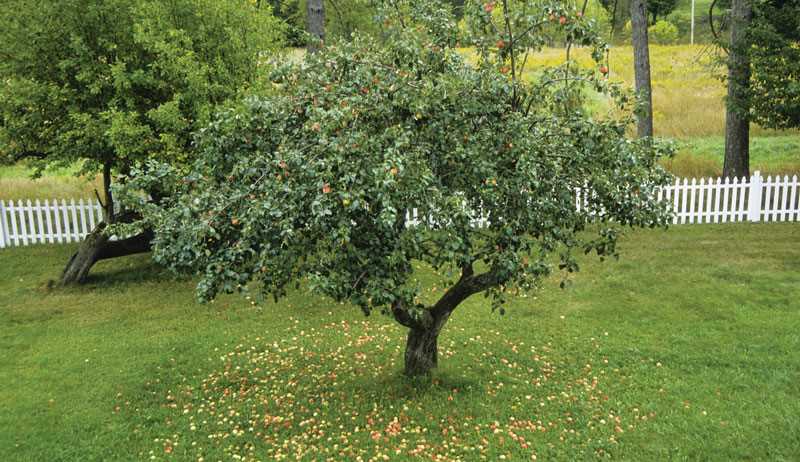
One common mistake that fruit tree owners often make is failing to remove diseased or dead branches. Leaving diseased or dead branches on a fruit tree can lead to a decline in tree health and reduced fruit production.
Diseased branches can serve as a source of infection for other parts of the tree, potentially spreading diseases that can damage the entire orchard. Dead branches, on the other hand, are prone to breaking and falling, posing a safety hazard for people and property.
To avoid this mistake, regularly inspect your fruit trees for any signs of disease or dead wood. Use pruning shears or a pruning saw to remove these branches. When cutting, make sure to make clean cuts close to the main branch or trunk to promote healing.
It is important to note that proper pruning techniques vary depending on the type of fruit tree. Some trees, like apple trees, benefit from annual pruning to maintain their shape and productivity. Other trees, like peach trees, may require more frequent pruning to prevent the spread of diseases.
By removing diseased or dead branches, you can improve the health and longevity of your fruit trees, ensuring a bountiful harvest for years to come.
Forgetting to Thin the Fruits
One common mistake that many fruit tree owners make is forgetting to thin the fruits. Thinning refers to the process of removing excess fruits from the tree to ensure that the remaining fruits are able to grow to their full potential. It may seem counterintuitive to remove fruits from a tree that you’ve worked so hard to grow, but thinning is essential for the overall health and productivity of the tree.
When there are too many fruits on a tree, they often end up competing for nutrients, water, and sunlight. This can lead to stunted growth and smaller, less flavorful fruits. Additionally, overcrowded fruits are more susceptible to diseases and pests as there is less airflow and sunlight reaching each individual fruit.
Thinning should be done when the fruits are still small, usually around the size of a marble. This allows the remaining fruits to have enough time to develop and ripen before the end of the growing season. Thinning can be done by gently twisting or cutting off the excess fruits, ensuring that there is enough space between the remaining fruits.
Thinning fruits not only improves the size and quality of the remaining fruits but also helps to prevent branches from breaking under the weight of too many fruits. It also allows the tree to put more energy and resources into growing strong branches and roots, rather than focusing on producing an abundance of smaller, weaker fruits.
Overall, remembering to thin the fruits is an important step in maintaining a healthy and productive fruit tree. By giving the remaining fruits enough space and resources, you’ll be rewarded with larger, tastier fruits and a stronger, more resilient tree.
Cutting Too Close to the Tree Trunk
One common mistake that many people make when pruning fruit trees is cutting too close to the tree trunk. While it may be tempting to remove a large branch right against the trunk, doing so can cause serious damage to the tree.
When a branch is cut too close to the trunk, it can leave a wound that the tree may struggle to heal properly. Additionally, cutting too close to the trunk can expose the tree to bacteria, fungi, and other pathogens that can cause disease.
To avoid this mistake, it is important to make proper cuts when pruning fruit trees. The general rule of thumb is to make cuts just outside the branch collar, which is the swollen area where the branch connects to the trunk.
When making the cut, use sharp pruning shears or a handsaw to ensure a clean cut. Start by making an undercut, about a foot away from the trunk, to prevent the bark from tearing. Then, make a final cut just outside the branch collar.
By making cuts in the right place and avoiding cutting too close to the trunk, you can help preserve the health and integrity of your fruit trees.
Pruning Too Late in the Season
Pruning fruit trees is an important task that helps to maintain tree health, promote fruit production, and shape the growth of the tree. However, one common mistake that gardeners make is pruning their fruit trees too late in the season.
Pruning should ideally be done during the dormant period of the tree, which is typically in late winter or early spring before the tree starts to leaf out. Pruning too late in the season, such as during the summer or fall, can have negative consequences for the tree.
Why is it a Mistake?
Pruning late in the season can disrupt the natural growth cycle of the tree and lead to several issues:
- Stimulating new growth: Pruning late in the season can stimulate new growth, which the tree may not have enough time to harden off before winter. This can make the tree more susceptible to frost damage.
- Reduced fruit production: Late pruning can remove flower buds or young fruit, reducing the overall fruit production for the following year.
- Infection and disease: Pruning wounds created during late pruning can be more vulnerable to infection by pests and diseases.
When to Prune?
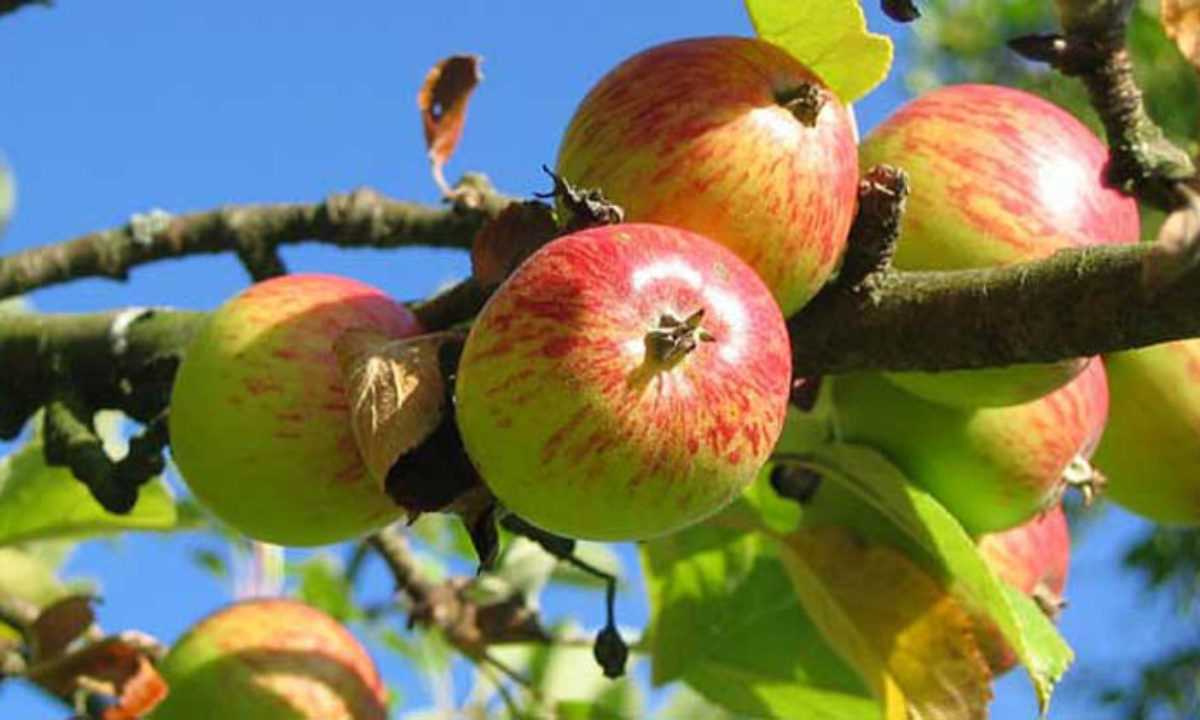
To avoid these problems, it is best to prune fruit trees during their dormant period. This is typically in late winter or early spring when the tree is still dormant and before new growth begins.
By pruning during the dormant period, you can promote proper growth and shape the tree without risking frost damage or reduced fruit production. It also allows wounds to heal before pests and diseases become active.
However, it’s important to note that the exact timing of pruning may vary depending on the specific fruit tree variety and climate. Consult gardening resources or seek advice from local experts to determine the best time to prune your specific fruit trees.
Question-answer:
When is the best time to prune fruit trees?
The best time to prune fruit trees is typically during late winter or early spring, before the trees start to bud.
Can I prune fruit trees in the summer?
It is generally not recommended to prune fruit trees in the summer as it can negatively affect their growth and fruit production.
What are the consequences of over-pruning fruit trees?
Over-pruning fruit trees can lead to decreased fruit production, weakened tree structure, and an increased risk of disease or pest infestation.
How much should I prune off my fruit trees?
The amount of pruning needed can vary depending on the type of fruit tree and its size, but as a general rule, you should aim to remove no more than 1/3 of the tree’s overall growth in a year.
What tools do I need for pruning fruit trees?
Some essential tools for pruning fruit trees include pruning shears, loppers, a pruning saw, and a ladder for reaching higher branches.
Should I paint the pruning cuts on my fruit trees?
Painting the pruning cuts on fruit trees is not necessary and can actually hinder the healing process. It is best to leave the cuts exposed to the air so they can naturally seal and heal.
Can I prune my fruit trees if they have already started budding?
If your fruit trees have already started budding, it is best to hold off on pruning until the next dormant season to avoid disrupting the tree’s growth and fruit production.







